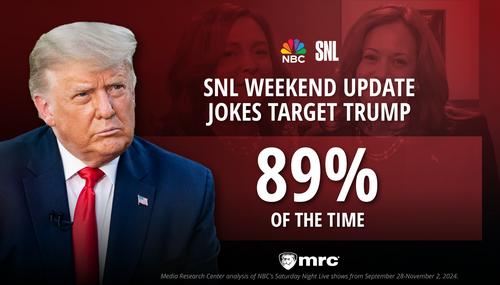Note to institutions embroiled in scandal: when The New York Times calls, don’t bother taking the call.
That, apparently, is the lesson Florida State University learned the hard way on April 16, when a front page Times hit-piece by Walt Bogdanich left out nearly all the information the school said it provided the Times.
“A Star Player Accused, and a Flawed Rape Investigation” was a 5,600-word article about the case of FSU quarterback and Heismann Trophy-winner Jameis Winston, accused of raping a coed in Dec. 2012. No charges have been filed, and a federal investigation is ongoing. The Times article slammed the Tallahassee Police investigation and implied that the university was complicit because “keeping players on the field was a priority.”
But a response to the story from FSU Vice President for University Relations Liz Maryanski contains a litany of information reportedly supplied by the school that the Times left out of the article.
Maryanski’s response to the article read like a textbook on media bias: “We provided the Times a detailed statement for the record that was reduced to a mere two sentences in a 5,600-word article,” she wrote. “In several other instances in the story, by contrast, the full statements from various sources are presented in whole, as a collapsible link. This is inherently unfair and served to obscure the context and integrity of the university’s position on sexual assault cases.” Just so.
The Times allowed its interviewees to indict FSU’s response to the scandal without acknowledging the legal and regulatory thicket – which includes victim’s privacy concerns – that any institution in such a situation must navigate. State and federal laws govern the university’s response.
Furthermore, the article said FSU stopped speaking with the Times and “stopped granting interviews.” Maryanski, however, noted that the university “responded promptly to Mr. Bogdanich and endeavored to provide requested information to the extent it was legally and ethically feasible to do so” including “answering questions during an on-the-record interview with several senior administrators.” FSU also “expedited a lengthy Public Records Act request from the Times that included in-depth material, data, timelines and other particulars that took place during a period of more than a decade.”
FSU has been cooperating with the federal Department of Education’s Office of Civil Rights in a review of the incident and investigation (“an important fact that was omitted from the story,” as Maryanski noted). Despite the Time hit piece, as yet, nobody really knows happened in the case or what the ultimate consequences will be. And fortunately, that’s not for the New York Times to decide.




